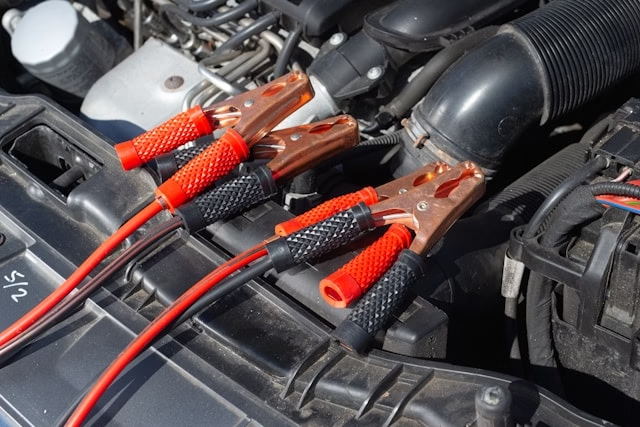How to Repair a Car Battery Cell: A Complete DIY & Safety Guide
Can a car battery cell be repaired? Yes — but with precautions, the right tools, and realistic expectations. If your battery is weak or won’t hold a charge, one or more cells may be failing. In some cases, you can revive these cells and extend the life of your battery, avoiding an immediate replacement.
Before attempting any repair, remember: car batteries contain acid and produce explosive gases. If you’re not confident in your skills or don’t have proper safety equipment, it’s best to leave the job to professionals.
Understanding Car Battery Cells
A typical 12V car battery contains six individual cells, each producing about 2.1 volts. These cells hold a mix of lead plates and electrolyte (sulphuric acid diluted in water). Over time, sulphation, electrolyte loss, or plate corrosion can weaken or damage these cells.
Signs of a Damaged Battery Cell
- Engine struggles to start or doesn’t start at all
- One or more cells show low voltage on a multimeter
- Visible corrosion or electrolyte leakage
- Battery won’t hold a charge even after jumpstarting
If any of these symptoms occur, a deeper inspection of the battery cells is warranted.
Step-by-Step Guide: How to Repair a Car Battery Cell
Safety First
- Wear rubber gloves and goggles
- Work in a well-ventilated area
- Keep open flames and sparks away
1. Check Electrolyte Levels
Open each battery cell cap. If levels are low, top up with distilled water until the plates are submerged. Never use tap water, as minerals can damage the battery.
2. Mix and Add Epsom Salt Solution (For Sulphated Cells)
Epsom salt (magnesium sulfate) helps break down lead sulfate crystals.
Instructions:
- Dissolve 1 part Epsom salt in 3 parts warm distilled water
- Carefully pour the solution into each cell
- Do not overfill — ensure plates are just covered
3. Charge the Battery Slowly
Use a trickle charger or desulphation charger. These apply a low, steady current and can dissolve internal buildup without overheating the cells.
- Set the charger to 2 amps or less
- Let the battery charge for 8 to 12 hours
- Avoid fast-charging or jumpstarting at this stage
4. Perform a Load Test
After charging, reconnect the battery to your car or use a load tester. If voltage drops significantly under load, one or more cells may still be beyond repair — in that case, battery replacement is the safest option.
When to Replace the Battery Instead
If the battery:
- Is older than 3–5 years
- Has visible damage or leaks
- Fails repeated charging attempts
…then it’s time to replace it. Continuing to use a faulty battery can affect the vehicle’s alternator and other electrical systems.
Battery Reconditioning: An Alternative Approach
Besides simple repairs, you can also recondition a car battery by:
- Cleaning the terminals using a baking soda and water mix
- Refilling low fluid levels with distilled water
- Using a desulphation charger to restore chemical balance
- Maintaining the battery with a trickle charger during long storage
Reconditioning works best on batteries with sulphation but not on physically damaged or heavily corroded cells.
Why Professional Help Matters — Especially for German Vehicles
If you’re driving a German vehicle like Audi, BMW, Mercedes-Benz, or Volkswagen, battery issues can lead to complex electrical problems. These cars are equipped with advanced ECUs that require stable voltage levels — a weak battery can throw multiple fault codes or cause system failures.
That’s why it’s essential to trust experts familiar with high-end European systems.
Looking for the best German car repair workshop in Dubai? Visit German Auto Repair, who specialize in German auto diagnostics and electrical systems. They’ll inspect, recondition, or replace your battery with OEM-grade parts, ensuring performance and safety, without compromise.
Final Thoughts
Repairing a car battery cell is possible, but it requires patience, precision, and safety measures. Whether you’re dealing with a low fluid level, sulphated plates, or minor corrosion, these techniques can help restore some battery function.
But remember — temporary fixes can only go so far. For long-term reliability and especially if you drive a premium German vehicle, professional care is the way to go.
Need expert advice or a full car battery service in Dubai? Schedule your appointment today and get your vehicle powered up the right way.



